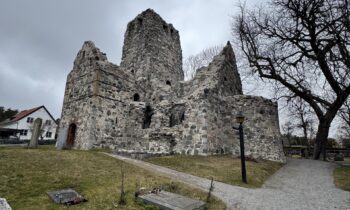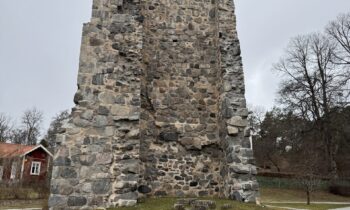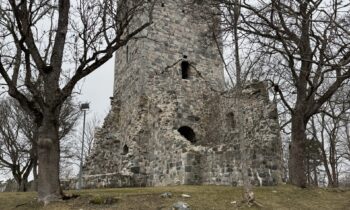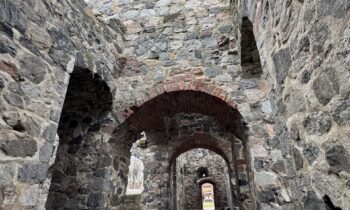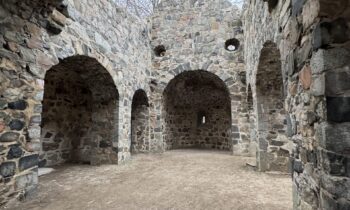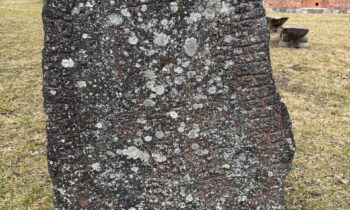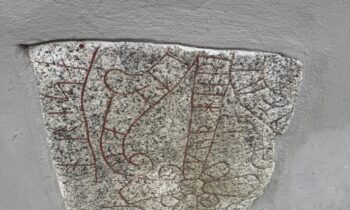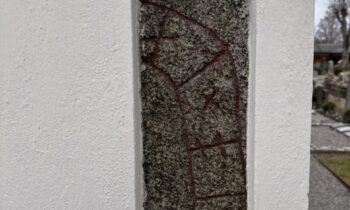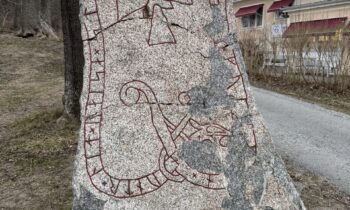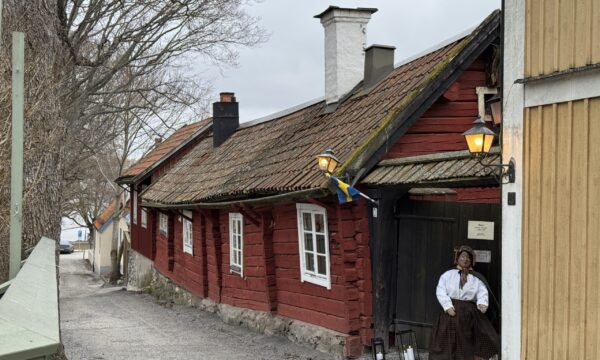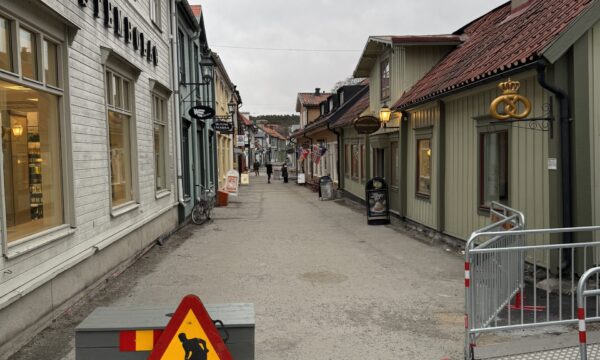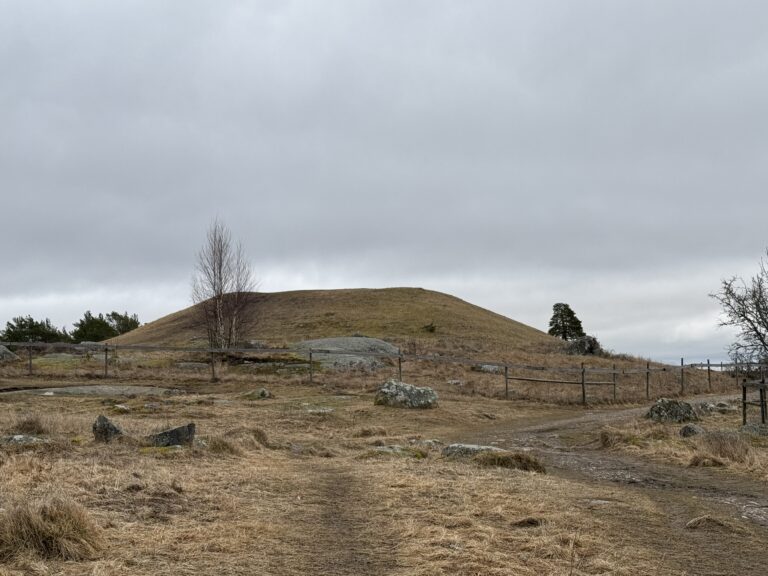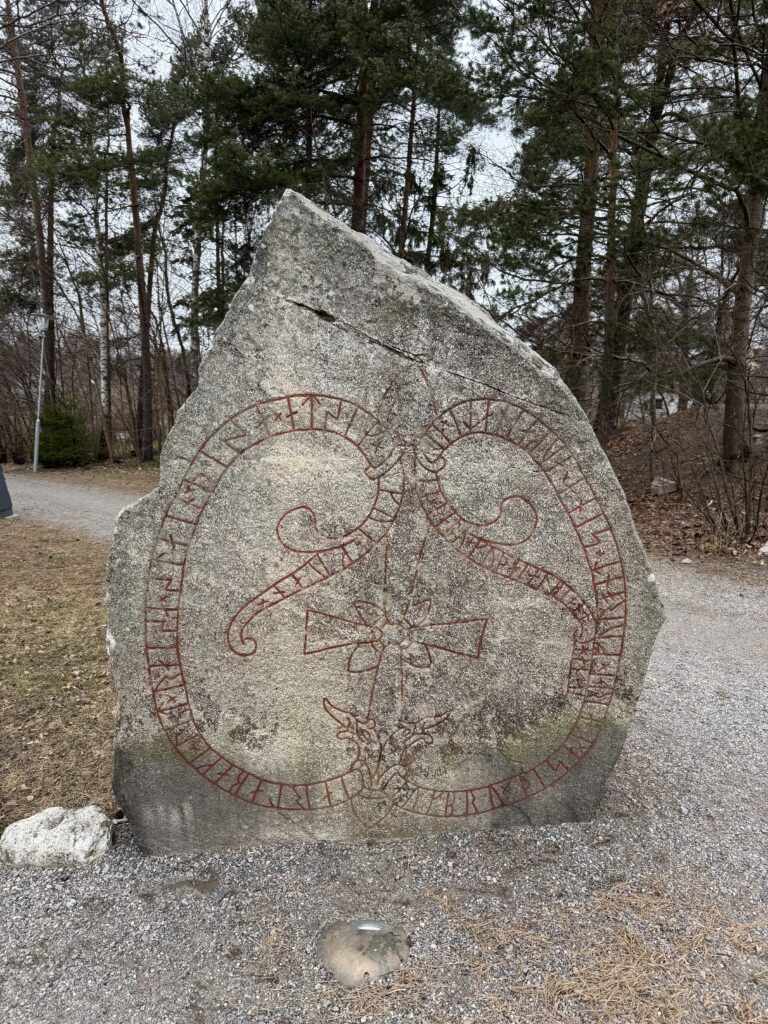Just 45 minutes northwest of Stockholm lies Sigtuna, one of Sweden’s oldest towns – founded around 980 AD. But Sigtuna isn’t just old. It’s a place where history doesn’t sleep in museums but lives in the open: in ruins, stones, paths, and silence. Walking through this town feels like stepping into a space where time folds gently – not gone, just present in another form.
The Church Ruins – Three Silent Testimonies
Sigtuna is home to three impressive church ruins, each telling its own story about Sweden’s Christianization and medieval ambition.
St. Lars is perhaps the most iconic of the three. Its stone walls rise like a skeleton of faith, with arches and red brick details still visible. Once filled with voices and prayers, the space now welcomes only wind and wandering thoughts. Standing in its nave, with the sky open above, one feels both small and timeless.
St. Olof, more secluded, offers a more intimate experience. The remaining tower and walls, sturdy and quiet, reflect the heavy hand of Romanesque design. Framed by trees and old gravestones, this ruin feels like a page left open – half-read, half-forgotten.
St. Per, believed to have been the seat of Sweden’s first bishop, stands on a small rise and exudes a stronger, almost fortress-like presence. The thick walls speak of institutional faith, of early power and permanence. And yet, like all else, they too have given way to time and weather.
Together, these three ruins form a silent triangle of memory – witnesses of belief, decay, and continuity.
Rune Stones – Echoes in Granite
Scattered across Sigtuna are rune stones, carved during the Viking Age and beyond. These granite blocks, etched with red-tinted runes, often commemorate the dead, record family ties, or boast of heroic deeds. They are raw, ancient messages – sometimes poetic, sometimes plain.
Some stones stand alone, marked and explained. Others are built into walls, churches, or fences – blending the pagan and Christian timelines into one physical structure. Their intertwining serpent designs and crosses show a cultural crossroads: not a clean break from old beliefs, but a gradual shift.
These stones do not demand attention, but once you notice them, it’s hard to look away. They remind us that memory was once literally written into the land.
Stora Gatan – A Street Older Than Most Countries
Stora Gatan, the main street of Sigtuna’s old town, has been in use for over a thousand years. Once a vital trade route, it now hosts colorful wooden houses, cafés, galleries, and small shops. But beneath the charm lies something deeper: the weight of generations who walked this very path, through markets, processions, storms, and sun.
Walking Stora Gatan today is to walk with history, not just through it. The creak of a shop door, the rustle of trees in the breeze, the rhythm of boots on cobblestone – all blend into a subtle soundtrack of then and now.
Final Thoughts: Not Just a Place, but a Presence
Sigtuna is more than a destination. It is a conversation across time – told in ruins and rune stones, echoed by wind and footsteps. It doesn’t shout its story. It whispers – and those who listen leave with more than memories. They leave with a sense of having touched something older, quieter, and deeply human.
